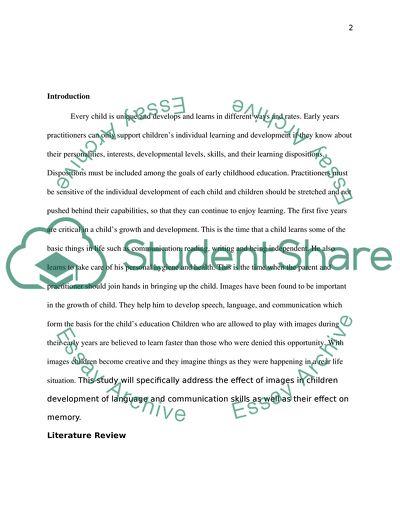Cite this document
(The Effect of Images on Children's Memory and Learning Research Paper, n.d.)
The Effect of Images on Children's Memory and Learning Research Paper. Retrieved from https://studentshare.org/education/1751059-the-effect-of-images-on-childrens-memory-and-learning
The Effect of Images on Children's Memory and Learning Research Paper. Retrieved from https://studentshare.org/education/1751059-the-effect-of-images-on-childrens-memory-and-learning
(The Effect of Images on Children'S Memory and Learning Research Paper)
The Effect of Images on Children'S Memory and Learning Research Paper. https://studentshare.org/education/1751059-the-effect-of-images-on-childrens-memory-and-learning.
The Effect of Images on Children'S Memory and Learning Research Paper. https://studentshare.org/education/1751059-the-effect-of-images-on-childrens-memory-and-learning.
“The Effect of Images on Children'S Memory and Learning Research Paper”, n.d. https://studentshare.org/education/1751059-the-effect-of-images-on-childrens-memory-and-learning.


